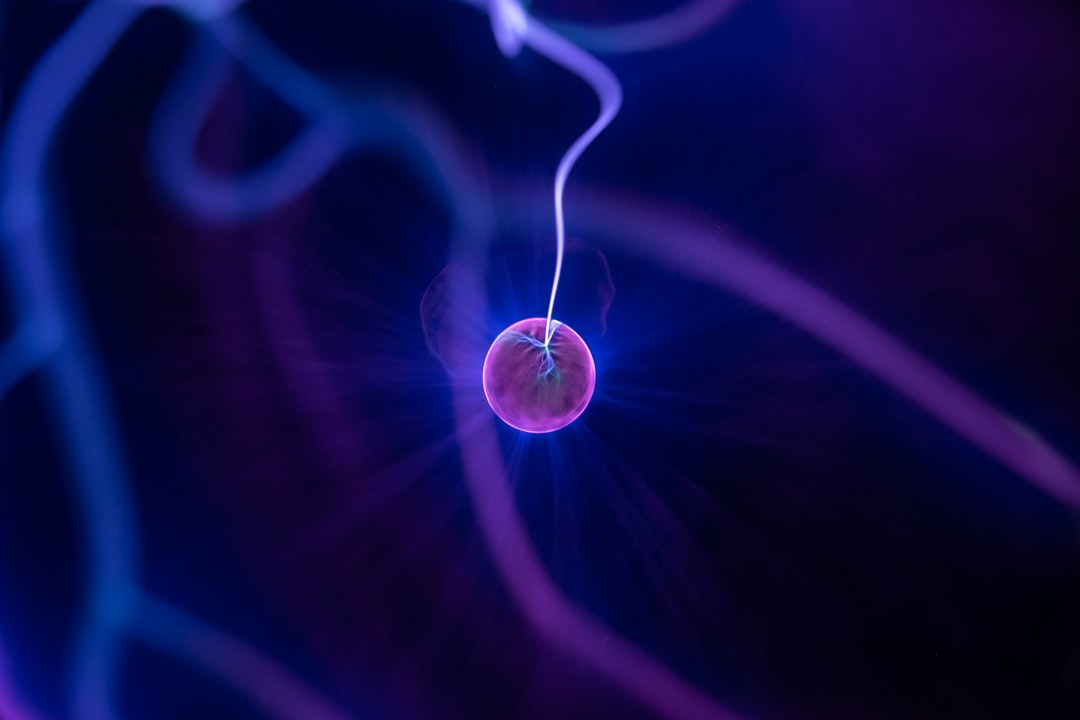What is it about?
In the present work, we demonstrated that a 4He crystal can undergo motion as the result of employing an inchworm driving device. However, the observed motion was quite different from the ordinary behavior of classical objects. The crystal was only deformed initially by the oscillations and eventually moved after this deformation. The induced motion of the crystal was also much greater than expected based on the results ordinarily obtained from the inchworm driving of classical objects. Since the initial deformation appears to be consistent with contact line depinning, the subsequent motion was also likely induced by depinning, rather than by crystal slip on the plate. The extended movement of these crystals can be explained by considering the crystal-superfluid phase transition assisted by superflow induced during the oscillation process.
Featured Image
Why is it important?
It is a difficult task to remotely move a solid object through a superfluid over a long distance. Moving a 4He quantum crystal in a superfluid is even more difficult, and at present there is no known means of accomplishing this in a well-controlled manner. In the present study, we attempted to move a 4He crystal in a superfluid using an inchworm driving method. Inchworm driving is a well-known technique for inducing motion in a classical object on a non-symmetrically oscillating plate, taking advantage of the difference between static and dynamic friction forces and based on a stick and slip motion. However, the frictional properties of a 4He crystal in contact with a wall are not presently known and thus it is not clear whether 4He crystals can undergo motion via inchworm driving.
Read the Original
This page is a summary of: Inchworm Driving of 4He Crystals in Superfluid, Journal of the Physical Society of Japan, July 2017, Physical Society of Japan,
DOI: 10.7566/jpsj.86.074603.
You can read the full text:
Contributors
The following have contributed to this page










